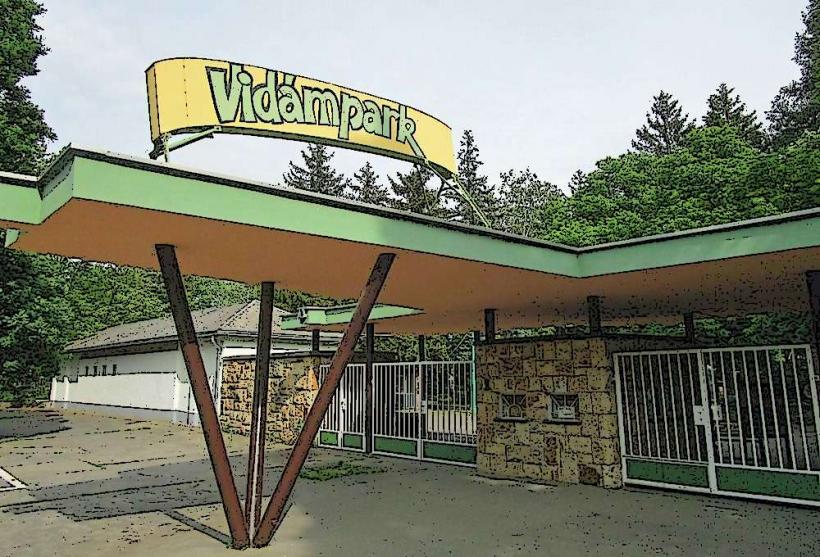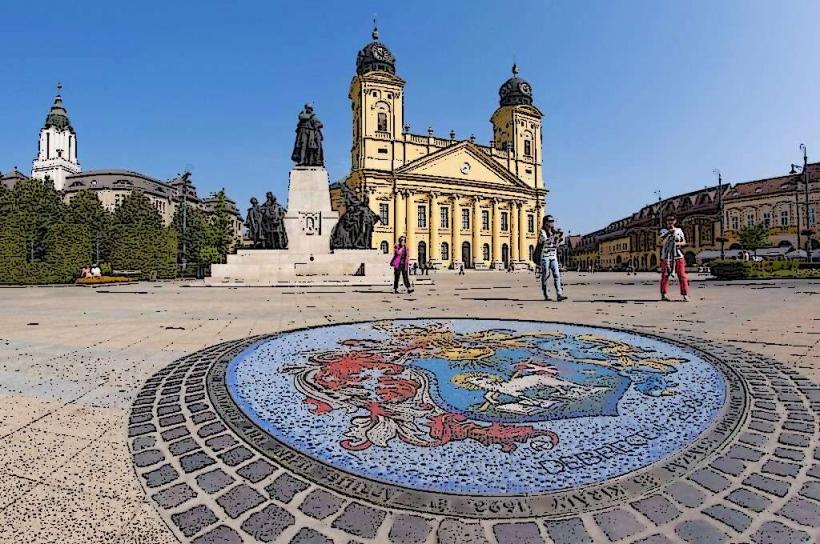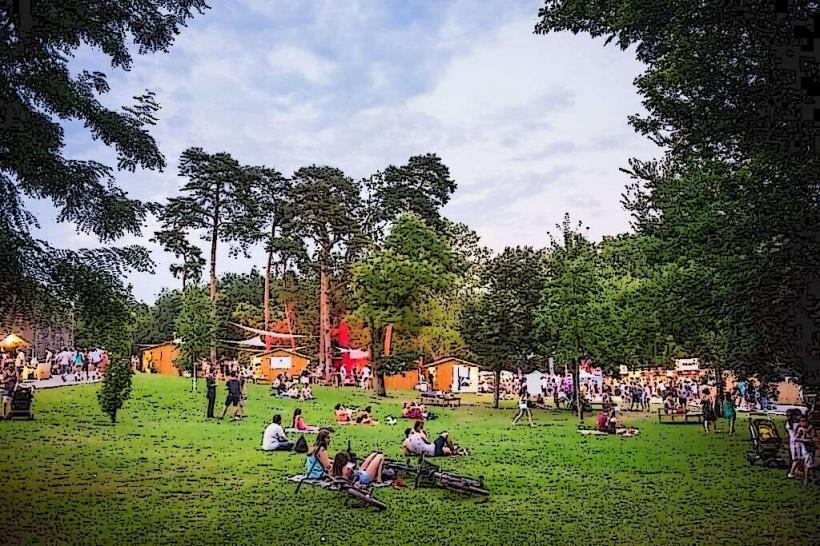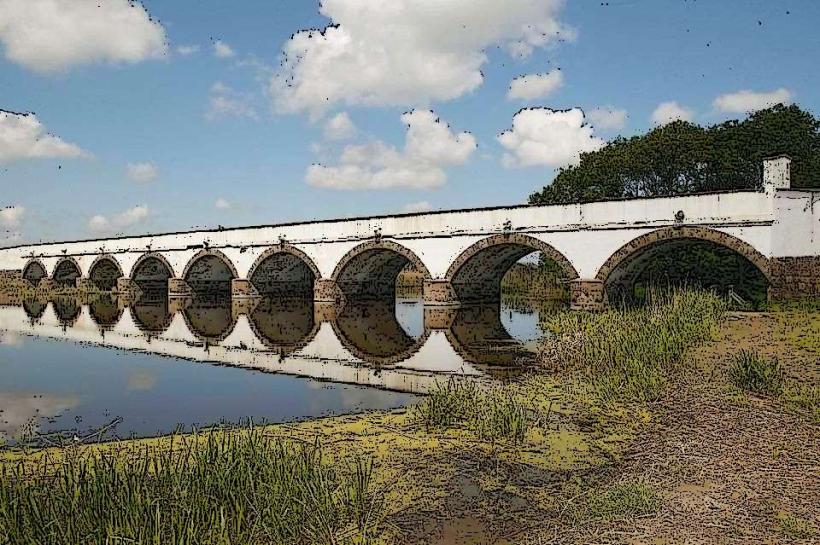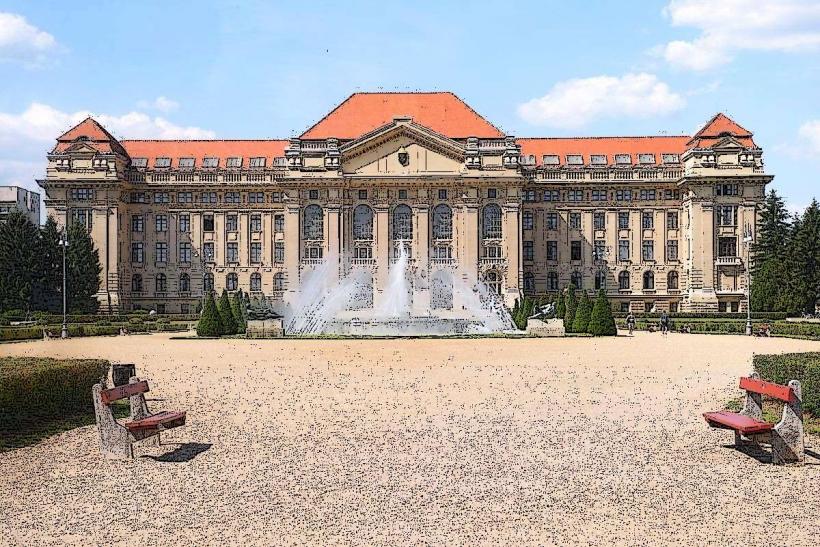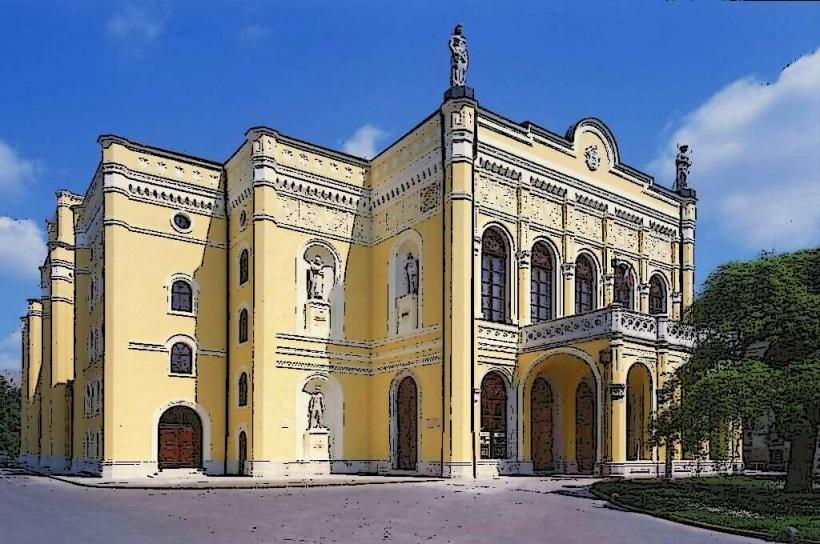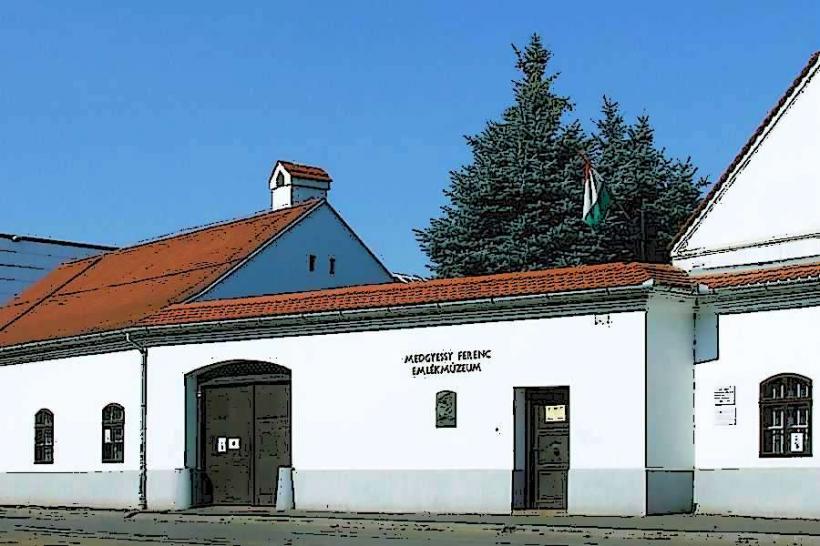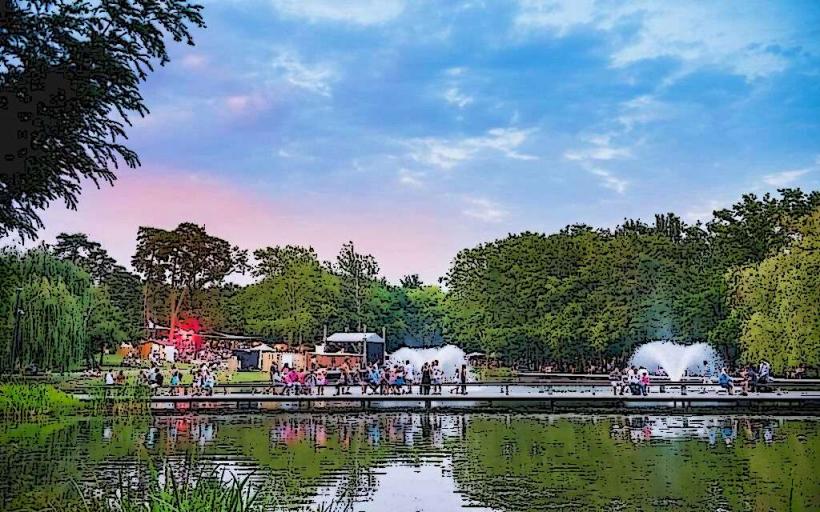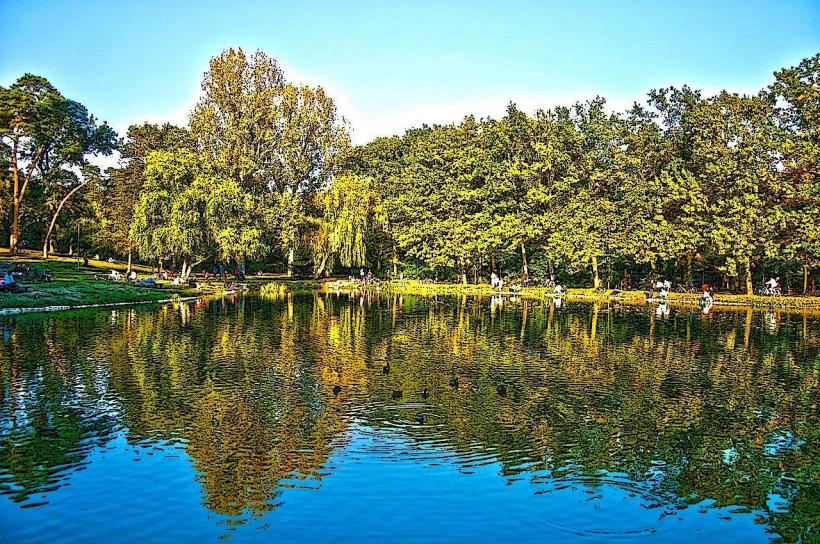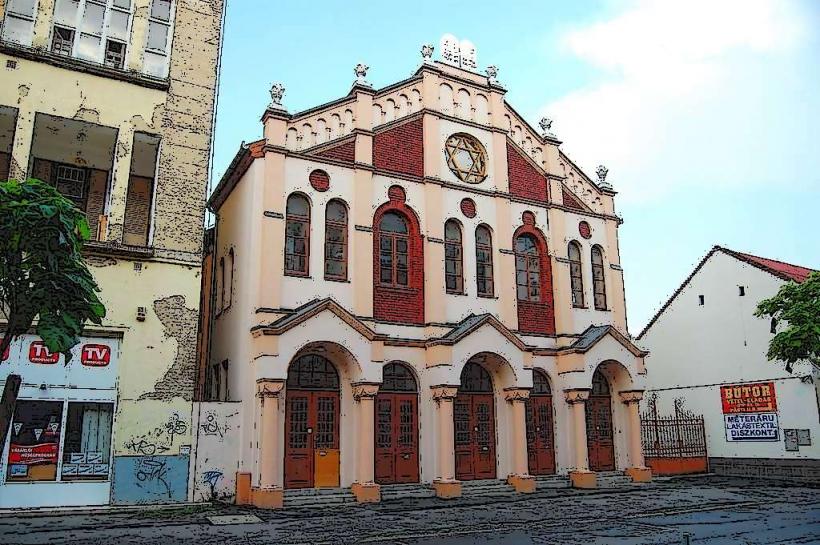Information
Landmark: Déri MuseumCity: Debrecen
Country: Hungary
Continent: Europe
The Déri Museum (in Hungarian: Déri Múzeum) is one of the most important cultural institutions in Debrecen, Hungary. It is renowned for its diverse collections, which span a wide range of disciplines including art, archaeology, history, and ethnography. The museum offers visitors an in-depth look at the history, culture, and art of the region, as well as broader Hungarian and international themes.
History and Background
The Déri Museum was founded in 1802 by the Hungarian collector and philanthropist, Mihály Déri, who was particularly interested in gathering art, archaeological artifacts, and ethnographic materials. The museum officially opened its doors to the public in 1911.
The museum building, a fine example of Neoclassical architecture, was designed by architect Frigyes Schulek and was constructed between 1905 and 1911. It stands as one of the most significant architectural landmarks in Debrecen.
Collections and Exhibits
The Déri Museum is divided into several key thematic sections, each with its own dedicated space and exhibitions. Here are some of the primary areas of the museum:
1. Art Collection
The museum boasts an impressive collection of Hungarian art, especially works from the 19th and 20th centuries. It is known for its collection of works by famous Hungarian artists, such as Miklós Barabás, László Mednyánszky, and József Rippl-Rónai.
The collection also includes various works of European art, with pieces dating back to the Renaissance and Baroque periods. The museum's art exhibitions are regularly rotated, offering visitors a wide array of artistic experiences.
2. Archaeological Collection
The museum has one of the most extensive archaeological collections in Hungary, particularly focusing on prehistoric and Roman periods. Key highlights of the collection include artifacts from the Bronze Age, Iron Age, Roman times, and medieval Hungary.
One of the most important items in the archaeological section is the Egyptian collection, which includes mummies and artifacts from ancient Egypt. The museum has one of the largest Egyptian collections in Hungary, including a mummified body and various sarcophagi and pottery.
3. Ethnography
The ethnographic collection focuses on Hungarian folk culture, with displays of traditional clothing, tools, ceramics, and furniture from various regions of Hungary. The museum showcases how people lived, worked, and celebrated across the country, with special attention paid to the cultural diversity of rural life in Hungary.
The Hungarian folk art collection is particularly rich, offering insights into the country's traditional craftsmanship, including embroidery, woodworking, and metalwork.
4. History and Local History
The museum also features exhibits dedicated to the local history of Debrecen and Hajdú-Bihar County, highlighting the region's evolution through the centuries. This section includes historical documents, photographs, and artifacts from key events in the city's past, such as the Reformation period, the revolution of 1848, and Debrecen's role during World War II.
The Debrecen Room in the museum presents a detailed exploration of the city's social and cultural history, with a particular focus on its religious and architectural development.
5. Temporary Exhibitions
- In addition to its permanent collections, the Déri Museum regularly hosts temporary exhibitions, ranging from art shows to science and history exhibits. These exhibitions often bring in important works from international museums and galleries, providing visitors with an ever-changing experience.
Notable Exhibits and Highlights
The Egyptian Collection: One of the standout features of the Déri Museum is its Egyptian collection, which includes items from the New Kingdom, such as funerary artifacts, mummies, and ancient Egyptian pottery. The museum's collection gives visitors an intriguing glimpse into the ancient civilization's burial practices and daily life.
The "Jesus Christ" Painting by Mózes Cziráky: A famous painting displayed in the museum is "Jesus Christ" by Hungarian artist Mózes Cziráky. The painting is a key part of the museum's Christian Art collection.
The Roman Room: The museum also houses a significant Roman collection, showcasing the Roman influence in the region, with objects like stone carvings, mosaic pieces, and coins that date back to the Roman Empire.
Reformation History Exhibit: The Déri Museum also explores the Reformation and the role of Protestantism in the region, with artifacts and documents related to Debrecen’s history as a center of the Hungarian Reformed Church.
Visitor Experience
The Déri Museum is a popular destination for both tourists and locals, offering an enriching cultural experience. It is well-suited for those interested in Hungarian history, art, and culture, as well as visitors with an interest in ancient civilizations.
The museum offers educational programs, guided tours, and workshops for all ages, making it a great place for families, students, and researchers alike. Special tours in English and Hungarian are available to accommodate international visitors.
The museum also has a museum shop where visitors can purchase art, books, and souvenirs related to the exhibits.
Conclusion
The Déri Museum is one of the most important cultural institutions in Debrecen and offers a rich exploration of Hungarian and global history. With its extensive collections of art, archaeological artifacts, ethnographic pieces, and more, the museum is a must-visit for anyone interested in Hungary's history, art, and culture. Whether you're a history enthusiast, an art lover, or simply someone seeking to learn more about the region, the Déri Museum offers something for everyone.

